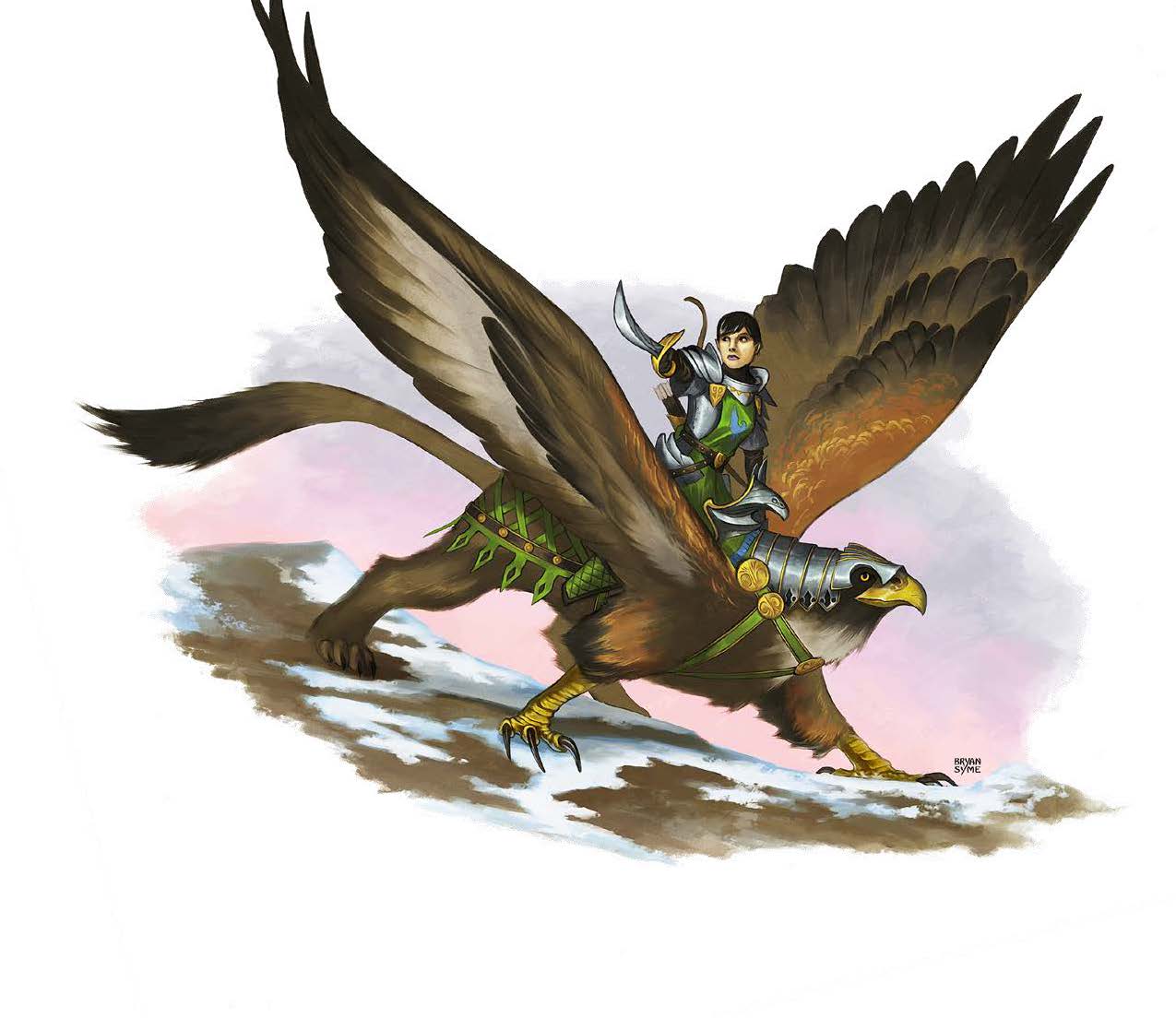
To make adventuring in the wilds compelling, you’ll want to make wilderness regions as unique as any city or dungeon. Characters should not merely enter a forest but the Schwarzwald, not a mountain range but the Sierra Nevadas. To do that, you need to impart these regions with real and lasting character.
For our purposes, we’re going to focus on three elements of giving a location character:
- What defines this place?
- How does this place interact with your setting?
- What can characters do in this place?
You should start with the first question as it will guide you toward the others. There are exceptions. Such as, if you know that the characters are headed to a region for a specific reason or have already featured NPCs (or PCs) with a defined relationship with a region, then you have existing, partial answers with which to design the location.
To define a location, you want to establish a skeleton: a consistent set of descriptors that establishes what it is, its atmosphere, and the things that make it different or separate from other locations. The nature of this outline is going to change based on how much prep you do for your sessions, but make sure you can improvise in case your players do something unexpected in the area. As an example, lets make a mountain range.
We’re going to call our location the Red Range. It’s a large mountain range dotted with impossible rock formations and teeming with griffons. We want it to feel grand and primal with ancient, natural magic at play. We also want it to be on the fringe of civilization, maybe a border between two nations infested with monsters.
Once you have your skeleton, you want to connect it to the setting you’ve already established. What that means is going to vary by the type of game you’re playing. A high-realism sandbox will want to consider ecology, trade, politics, and more. A hexcrawl needs to consider how it ties into adjacent areas but may be less concerned with realism. A narrative-focused adventure may only care enough to create a convincing facade that a world exists in the background of the plot. Create details that will help you improvise and fit the needs of your table, and remember that having extra ideas you don’t use is better than running out mid-session.
Our description of the Red Range is sparse, but it gives us enough to build on. We have a few clear hooks to tie this into a setting. Impossible rock formations may be arcane or religious in nature and are likely a site of interest to someone. We want this place to feel sparsely inhabited, so there may only be a few druids, rangers, and earth elementals. Its status as a border means that it’s a possible route between our two nations and may have trade through its passes. However, we have a lot of griffons and monsters, so travel is probably dangerous. Additionally, the griffons probably leave the mountains to terrorize easier hunting grounds before returning home to eat and nest.
With your location connected to the setting, you need to give characters things to do in it. Often this will be pretty clear from previous information. However, you always want to double check and make sure that the most interesting parts of the location include things that players may want to interact with. The most naturalistic ties and coolest set pieces don’t matter if the players never interact with them. You want at least one memorable area in your location. To make one, combine the elements you love about the location with reasons for characters to visit.
In the Red Range, we have three very clear plot hooks. The danger of travel means that protecting or rescuing people in the pass is always an option. The enormous griffon population may draw characters in, either to stop the griffon menace from eating all of their horses or to try to domesticate a griffon or fetch a griffon egg. The impossible stone structures and their guardians could be tied into an overarching plot or an independent hook, but investigating them is a viable hook regardless.
For our location, let’s make Griffon Peak. The largest peak in the range, the top of the mountain is an impossible fractal of twisted rock, spreading and splitting against the sky like the branches of a great tree. Entire flocks of griffons nest among its trees while shadowy druids consider the peak sacred.
With that done, lets look at our location.
The Red Range. The Red Range is a long, granite mountain range bordering two countries. It has long vistas and few trees. The range is defined by its impossible, spiralling rock formations, clearly sustained through some sort of natural magic. It has a truly catastrophic griffon population. The griffons nest on the highest peaks, descending to prey upon travelers, caravans, and herds of livestock in the lowlands. The Red Range is dominated by Griffon Peak, the tallest mountain in the range and a spiralling, tree-like impossibility of rock coveted by druids and infested by griffons. Characters may enter the Red Range to protect or rescue travelers, to investigate its impossible rock formations, and to hunt, tame, or capture griffons.
While we don’t know why this place is called the Red Range, we now have a location, an aesthetic, three things for characters to do here (two of which stay entirely in the location), and notes on how it fits into the rest of our setting.
___
Now we have the location we’re going to use for the rest of this series and need to fill it with content. The next article is going to cover random encounters and how you can expand their utility in your campaigns.

Great ideas! Very helpful thank you!
I REALLY enjoyed thos article and plan to reference it when building out future lpcations. Great job!